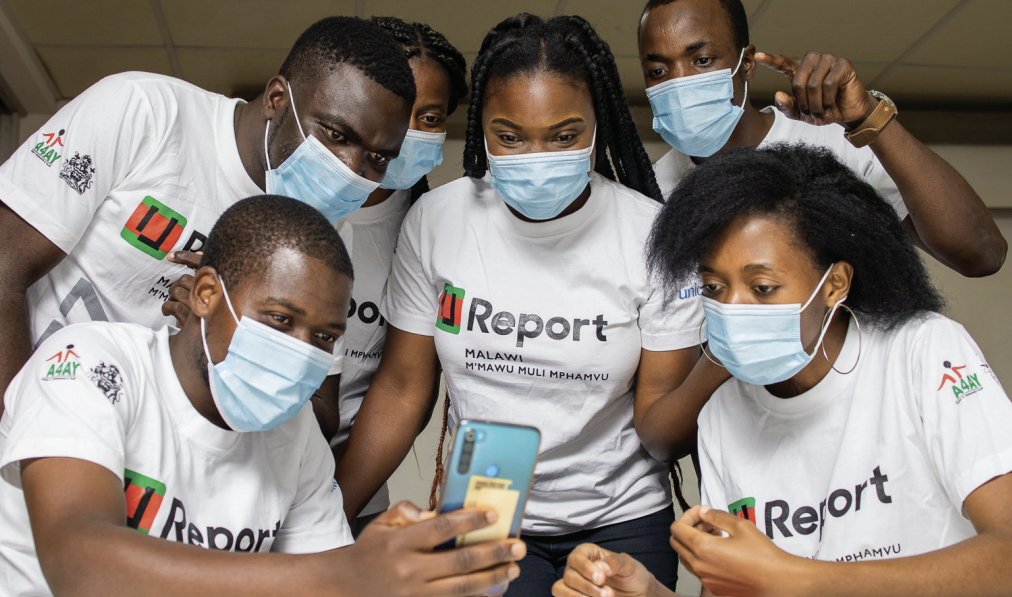Social and Behaviour Change (SBC) Digital Engagement Approaches to Empower Adolescents and Young People and Bridge the Digital Divide in Eastern and Southern Africa

Adolescents and young people in the Eastern and Southern Africa Region (ESAR) experience many challenges and deprivations in terms of fulfilling their sexual and reproductive health and rights (SRHR), including vulnerability to HIV, sexually transmitted infections, unintended and unsafe pregnancy, violence and/or harmful practices such as child marriage of female genital mutilation. Young people are also struggling to achieve minimum learning outcomes and acquiring the necessary 21st century skills to earn an income.
Adolescents and young people, caregivers and community members in ESAR are increasingly using digital platforms to stay informed, get their opinion heard and shape a safer, participatory, and empowering future for themselves and their peers. Innovative platforms and tools are needed to help programmers to customize and target their approaches, be responsive to the different youth groups, and address the factors that make them vulnerable and exacerbate their risks.
In recent years, the UNICEF Eastern and Southern Africa Regional Office (ESARO) Social and Behaviour Change (SBC) team has promoted two main platforms in the region, U-Report and Internet of Good Things (IoGT). This case study aims to showcase the growth journey of U-Report and IoGT, bring out key insights for the outcomes so far, and provide learnings and recommendations that need to be considered for further improvement in and beyond ESAR.

